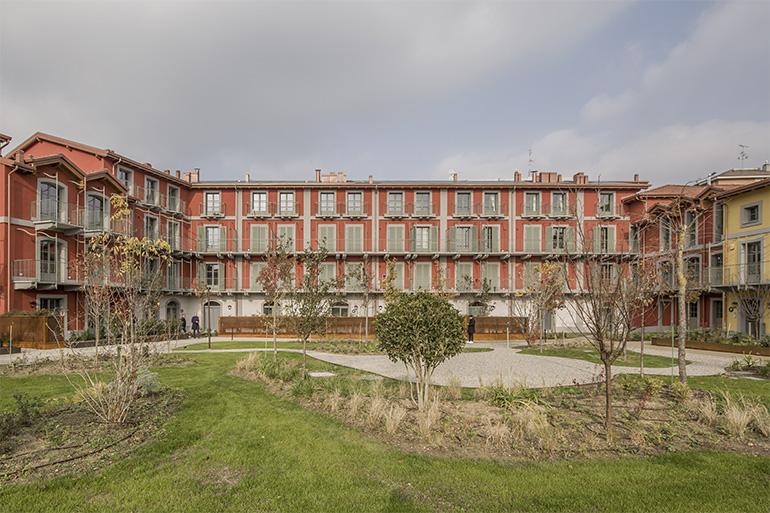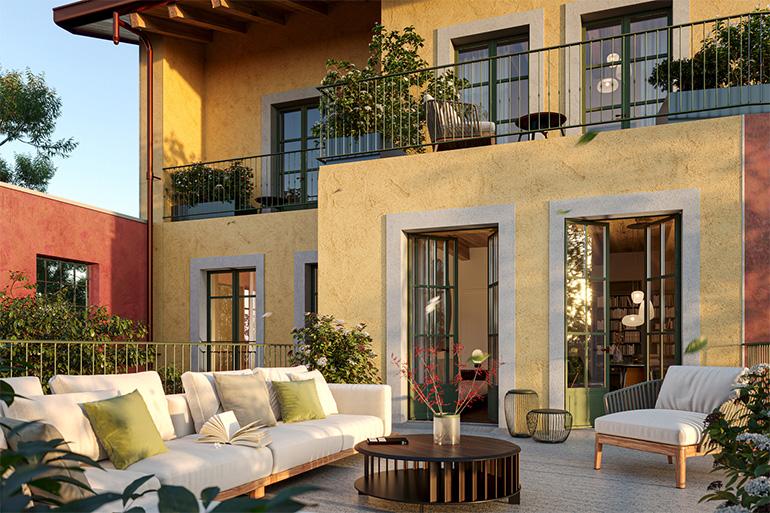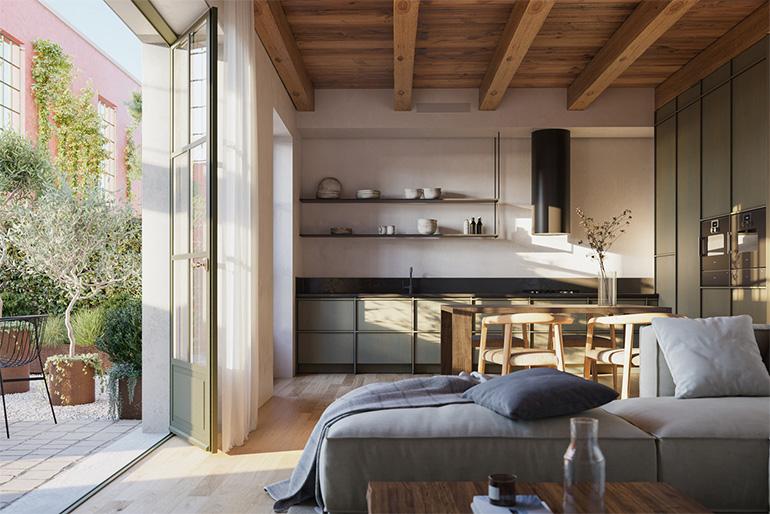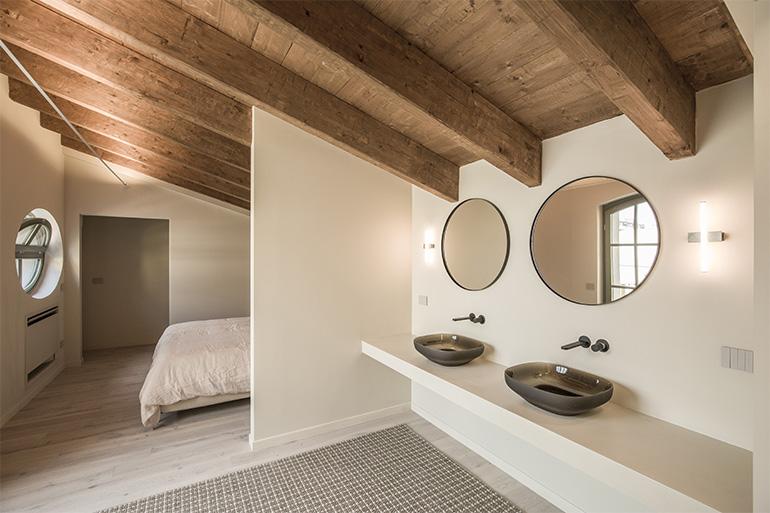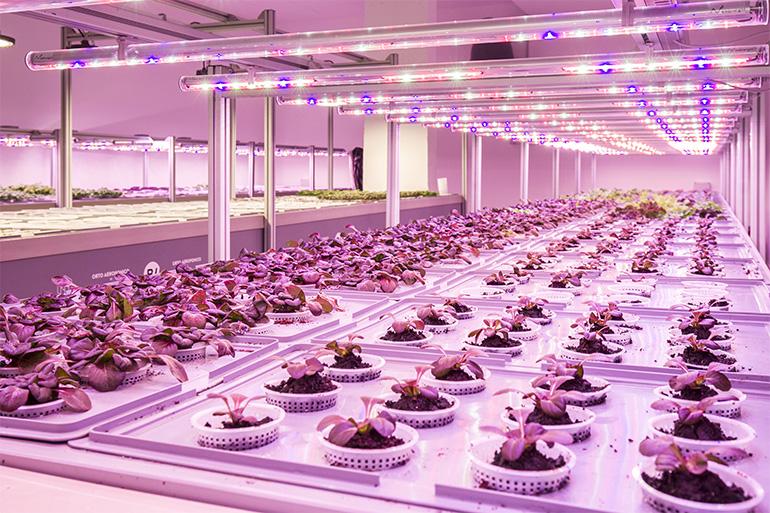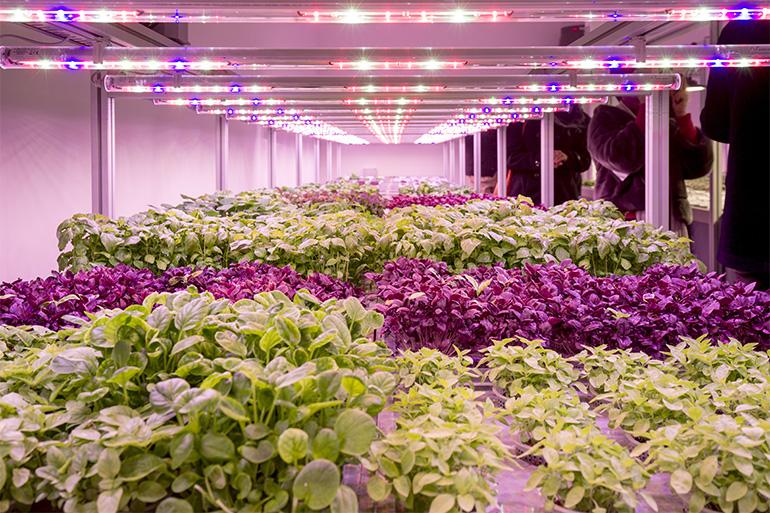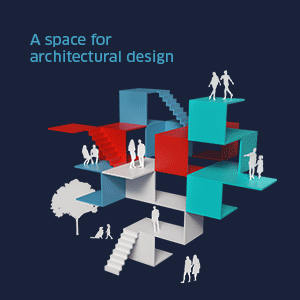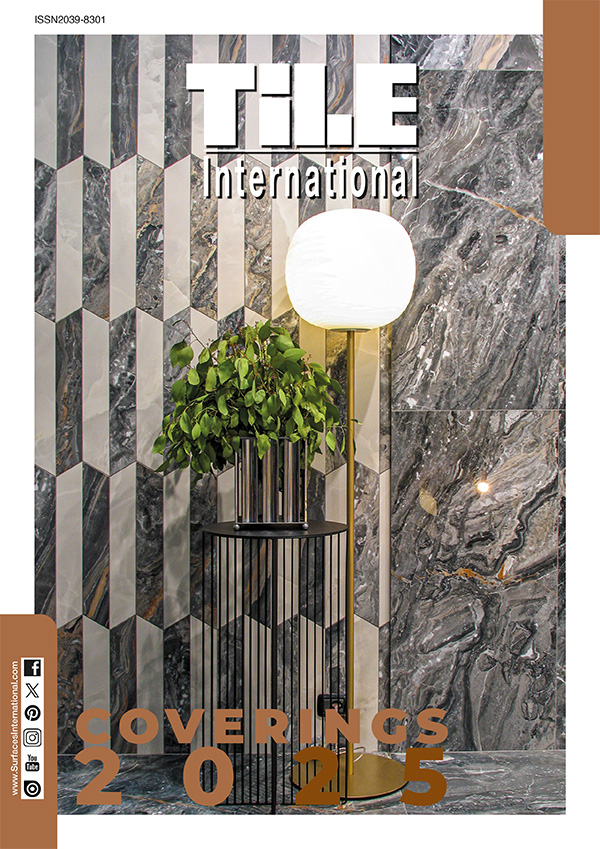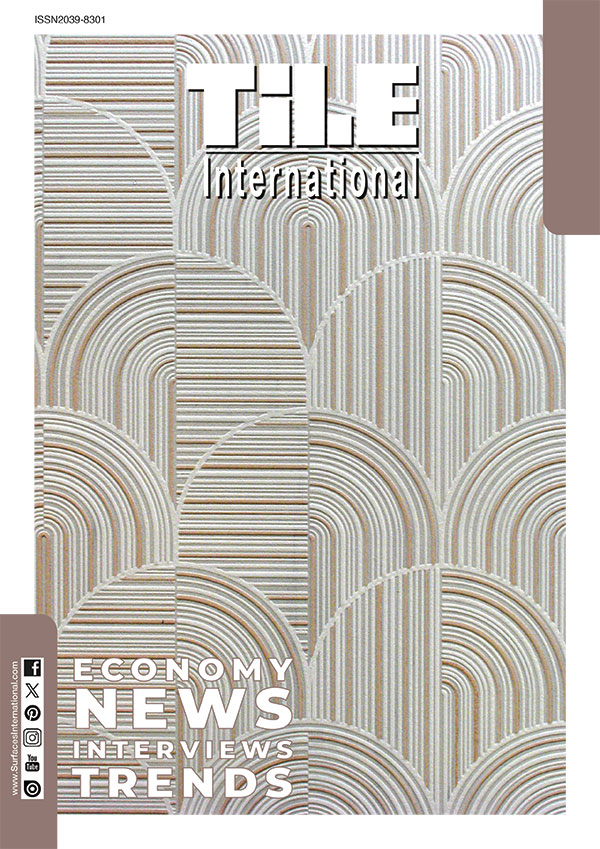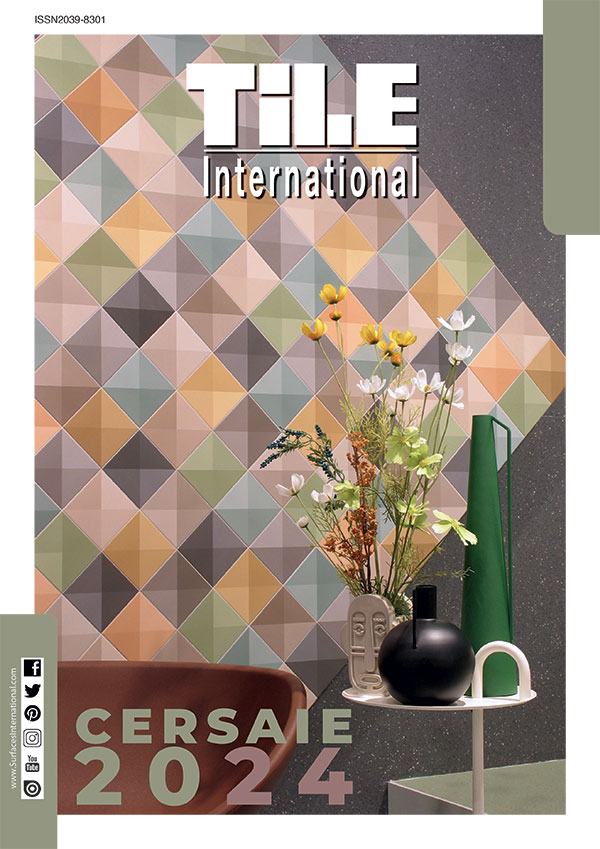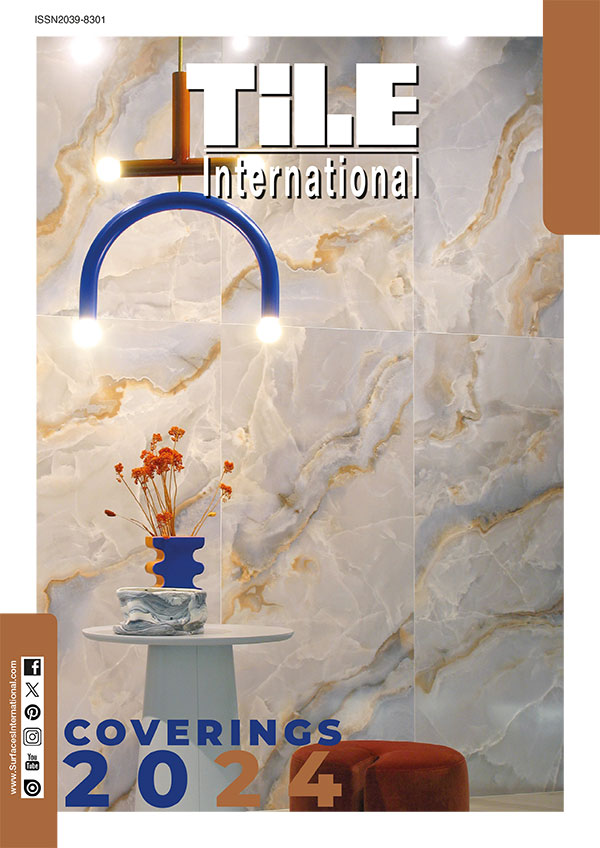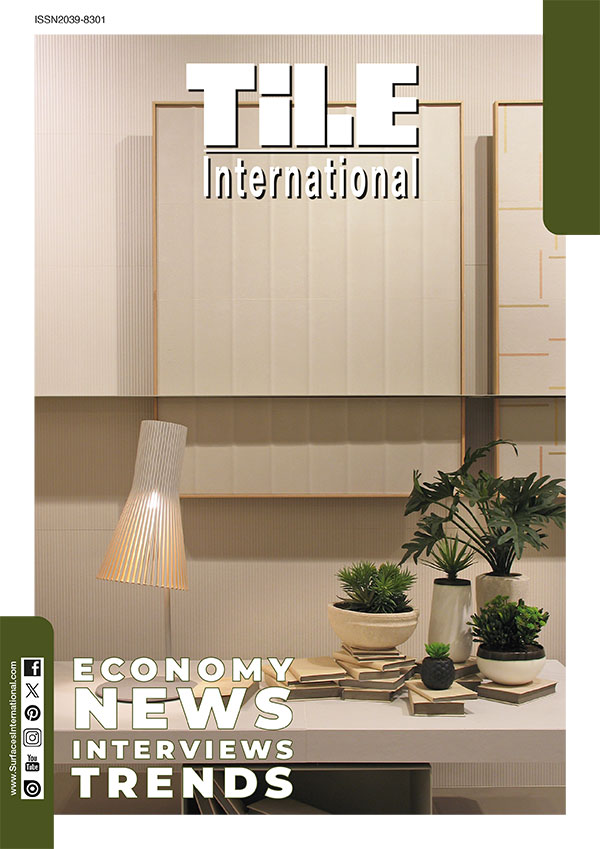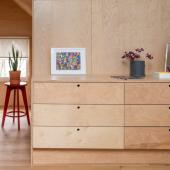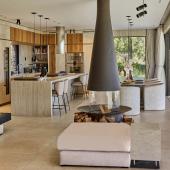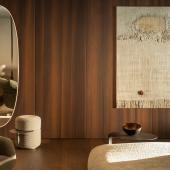"Forrest in Town": a residential project with aeroponic garden in Milan
In Milan's San Cristoforo district on the Naviglio Grande canal, the plant landscape becomes a co-protagonist of human activity in a residential project resulting from the collaboration between DFA Partners and Boffa Petrone & Partners. The green heart of the residential complex: a condominium aeroponic garden that does not use soil but only water enriched with nutrients.
"Forrest in Town" is the ambitious sustainable urban redevelopment project curated by DFA Partners, in collaboration with Boffa Petrone & Partners, and realised by the Building Group, which transforms the former Galbani farmhouse, located in Milan's Barona district, into a green residential suburb. An intervention that redefines the concept of horizontal condominium, in countertendency to the growing urban verticalisation.
The 10,000 square metre suburb includes 89 residential units, all with private gardens and patios, complemented by five commercial spaces, fitness and recreational areas, a 4,500 square metre park, and an innovative aeroponic community garden. In keeping with the genius loci, a distinctive feature of DFA Partners' projects, the renovation of the area has aimed to preserve and enhance the Lombard and Milanese architectural identity, reinterpreting the historical elements of the farmhouse according to a sustainable and modern perspective.
The structure, with buildings a maximum of 3-4 storeys high, follows the traditional Milanese courtyard typology, overlooking the condominium park. The design is based on the pre-existing volumetric layout, maintaining the typical characteristics of the rural Lombardy fabric: large openings with raised contours, iron window frames, wooden floors and roofs, and colours that play with 'Milan yellow' and shades of red, a reference to the city's historical architecture. Even the balconies and beola tiles maintain the traditional aesthetics.
In compliance with the regulations, the Regulatory Plan and the constraint of maintaining the recognisable urban design, the pre-existing elements have been maintained and enhanced in a harmonious mix of historical materials and innovative, ecological materials; examples of this are the wooden structures visible in the flats, or the gouging of the beams on the ceilings, which deliberately contrasts with the new, modern distribution structure of the spaces designed by the designers, in a perfect balance between past and future.
But it is the greenery that is the real beating heart as well as the main structural element of Forrest in Town: the generous outdoor areas make the natural landscape the absolute protagonist of the living experience, which can also be enjoyed from the interior, in constant dialogue with the outdoors.
The design of the large condominium garden, curated by Vittorio Peretto of Hortensia Garden Design, follows the concept of Ecogiardino: a sustainable and biodiverse ecosystem, designed to integrate adult and young plants, from ornamental essences to fruit trees, in a natural balance that reflects the diversity of human society. And because plants feel no boundaries, this green lung is not just for residents, but for the whole of Milan, a resource that transcends private borders and contributes to improving the quality of the urban environment.
One of the most innovative elements of 'Forrest in Town' is the aeroponic community garden, a virtuous example of how sustainable architecture can integrate with advanced technologies to create new ecosystems even in city contexts.
Located in the basement under the courtyard, on an area of 70 square metres, the vegetable garden was designed by DFA Partners and realised by Agricooltur, and represents the first example of above-ground cultivation in an urban Milanese residential complex. This aeroponic cultivation system, which does not use soil but only water enriched with nutrients, allows efficient and environmentally friendly production of over 90 varieties of vegetables, herbs and spices. With zero-kilometre production, the garden gives residents access to fresh, seasonal produce, reducing the apartment block's ecological footprint.
"Forrest in Town" is therefore much more than a housing project. It stimulates reflection on a sustainable model of urban regeneration, where nature, architecture and innovation coexist to create an environment capable of improving the quality of life in the city. Surrounded by greenery, but in the centre of Milan, residents can experience an authentic connection with nature, in a space that looks to the future while keeping alive the architectural and agricultural traditions of the past.
Ph. Piero Ottaviano©

